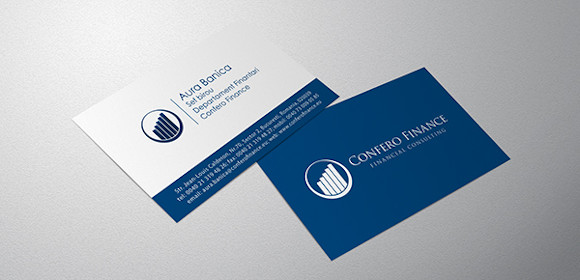10+ Financial Business Card Examples to Download
In the movie American Psycho, a three-minute iconic scene showed the characters fixated on their financial business cards. Film analysis aside, this obsession over these cards is understandable as the movie was set in the 80s when the Internet was not yet mainstream. Business cards were the professional world’s means of exchanging contact information and of advertising your career and business. Three decades later, are financial business cards, and business cards in general, still relevant in the modern age of instant connectivity?
The short answer is that everyone still needs a business card. These small cards that fit in our wallets and cardholders contain our contact information, such as our names, business details, and qualifications. The cards help in direct marketing because they allow easy exchange of information with other business people or clients. The cards are a pocket-sized summary of who you are and what you do. They bring about the atmosphere of sophistication and competence with you. Simply put, you stand out from others. In a cutthroat domain of financial services, that is a prerequisite to the survival of your business.
Power In Your Pocket
When you have a business card with you always, you will not miss out on networking opportunities. You can also gain other people’s business cards. The exchange facilitates a chance to follow up and get in touch with the other people for a business opportunity or project. After attending networking events or bumping into someone while you were out buying your caffeine fix, you can connect with the person through the details he or she provided on the card. You may want to send them a networking email to follow up. Sometimes, the person whom you gave your card to will not benefit from your services. Instead, you can earn projects and opportunities through referrals. The person may have someone in their network who needs your help.
The Business Card Alternatives
But you can accomplish the same using a pen and paper, right? It’s also cheaper. But you might not have a writing implement available at all times. You are not likely to bring a pen as you are walking down the street from the local Starbucks. Say you coincidentally have a pen. Where do you write your contact information? A piece of napkin or an old receipt that you fished out of your wallet does not scream, “Hire me.”
Smartphones may be your hallelujah should you find yourself in such a predicament. There are mobile applications that make use of the phone’s NFC or near-field communication capabilities. These mobile apps allow you to exchange each other’s information by tapping or bumping your phone with the other person’s. In fact, these applications are heralded to be ‘business card killers.’ The same technology is also being used for cashless money transfer.
If that is not your fancy, sites like LinkedIn, Facebook, and Instagram have your back. According to their website, LinkedIn is a haven for professionals and students seeking jobs and internships. Employers can also post job announcements on the site. Facebook deviates from this professional front and identifies itself as a platform that holds the world closer by connecting people online. Meanwhile, Instagram is focusing on being an outlet of the inspired, the artists, the creatives, and the people who want to share what they love.
And Where They Can Fail You
However, you should not just be reliant on whether the person remembers your name or social media handle. Don’t get complacent that the person you interacted a while ago will immediately find your online profile the minute you turned your back goodbye. Suppose you followed the tips that you found online about how to make yourself easy to find through SEO strategies. Chances are, there are thousands of others who did the same. Now, you are version 526 of a similar concept. Imagine your next potential client lose interest in you after they looked through 15 Facebook or LinkedIn profiles for you and just found someone else for their project. In digital platforms, you are always fighting to be relevant. With so many others like you, how will you be memorable?
Aside from that, this modern technology leaves out the people who are not using them. It may be shocking to many, but some people are outside this bubble. Aside from exclusivity, what happens when your phone dies right before you meet someone important? Will you pass out of an opportunity when you know it is there? You may have had so many of these chances slip past you.
That argument might be a long shot, so let us suppose that your phone is not dead. You can ask for someone’s contact details, and you can give the person yours. Typing the information on your phone is easy. What if the names or social media handles are not easy to spell? You or the person will wound up being asked to repeat what was said or spell the name letter by letter. You could also just exchange phones to input your details.
Not only do all those appear unprofessional, but you might confuse whose details belong to whom. This is true when you use the same method for a lot of people. You might ask the person that you will take his or her photo for filing purposes, but this is already sounding like a networking nightmare.
Mirroring Brand Identity
These networking red flags highlight the importance of business cards today. Keeping your business cards with you helps steer you away from these dilemmas. Beneath the fancy designs and customizations, a good financial business card contains all the principal information about you and your business. The card is meant to connect people. Therefore, it should execute that core function without a challenge. With that established, we can move into making your business cards reflect you or your brand identity. Although the business card raved about from American Psycho sported a minimalist design, you can make your contact card reproduce who you are. A person can have too many business cards and lose your card in that pile of anonymity. It is important that your 3.5″ x 2″ card effectively reminds the person about you.
You can be creative in how you can reproduce yourself on a card. You can put your photo on your business card. If that is not the design you want to represent you, you can use an unmistakable silhouette vector of your face as part of your business card logo. This works if, for example, you always grow your beard, maintain the same haircut, or always wear glasses. In this case, anything can be the inspiration of your logo as long as it encapsulates what is unique about you or your business. That feature should be distinct and easy to remember. If you go with this option, keep this representation consistent throughout your website, social media apps, company logo, and other brand identifiers.
10+ Financial Business Card Examples
Your financial business card will help you leave a good impression with co-business people and your potential customers. It is a part of you that these people will take. The card’s audience extends to the network of the receiver who might be looking for a specific financial professional or service. These people may not have heard of you before, and your card is their first impression of you. Therefore, make sure your card is of premium quality. It will speak a lot about your competence and skill. You can ask for help from a graphic design company or an independent graphic designer. We also prepared a great list of modern and elegant business cards for financial professionals in accounting, business consulting, banks, and other financial institutions.
1. Financial Advisor Business Card
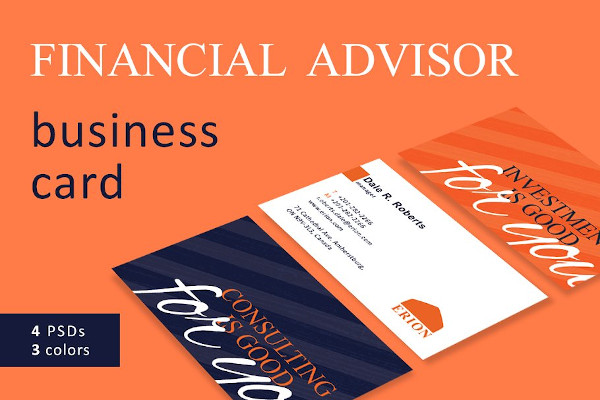
2. Financial Business Card
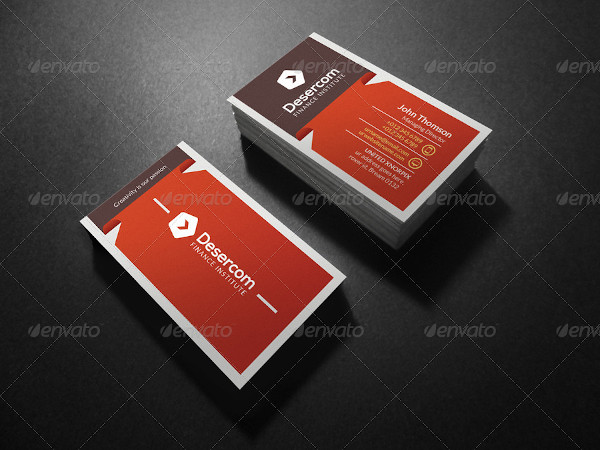
3. Exclusive Financial Business Card
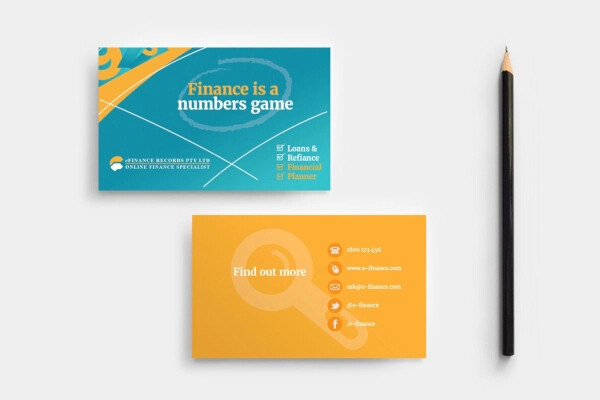
4. Financial Business Card Example
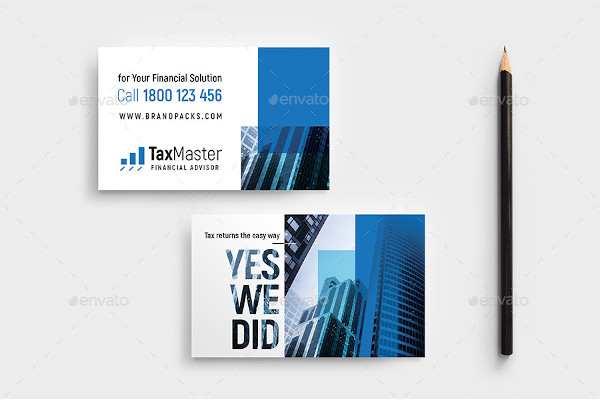
5. Financial Consulting Business Card
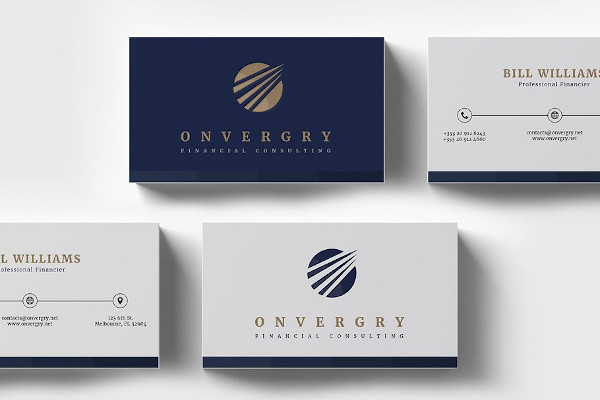
6. Retro Financial Business Card
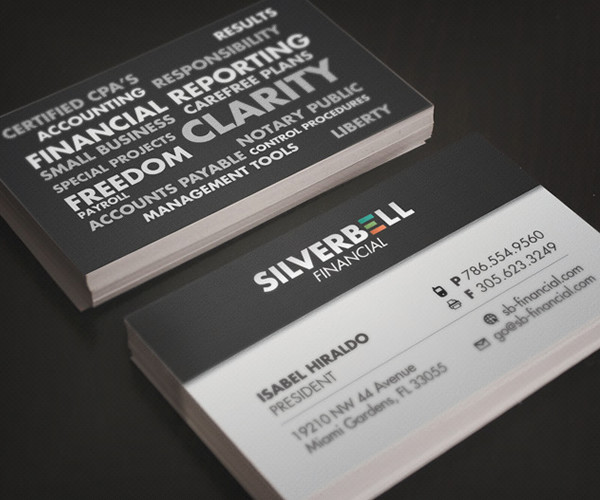
7. Financial Business Card in Vector EPS
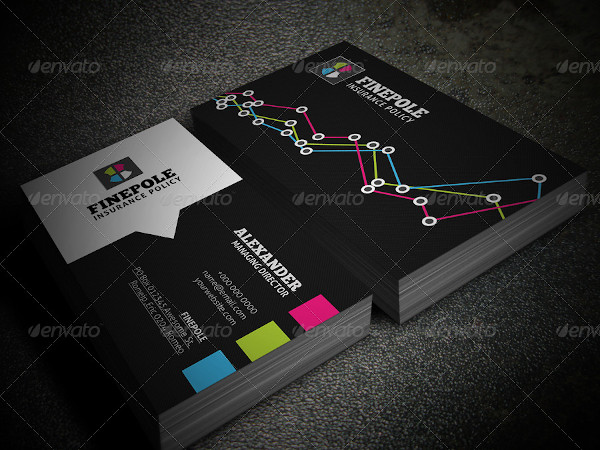
8. Financial Business Card Sample
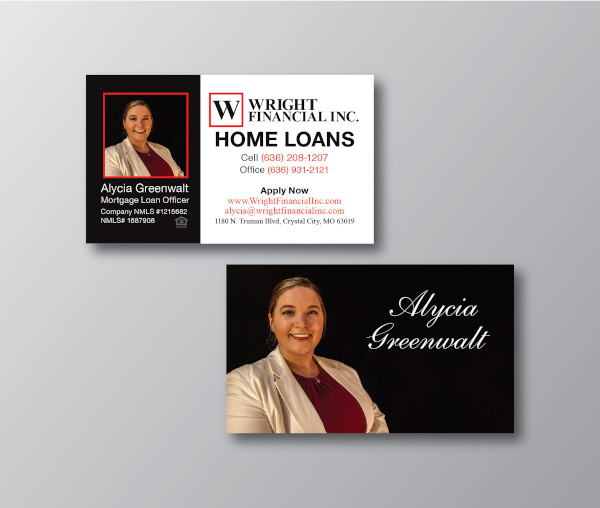
[/ns_row]
9. Finance and Accounting Business Card
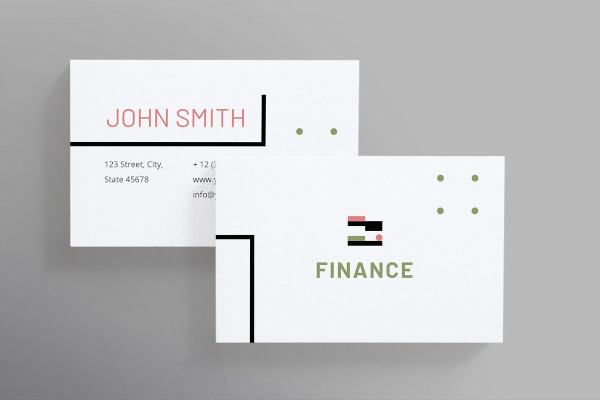
10. Financial Advisor Business Card Example

11. Financial Business Card InDesign
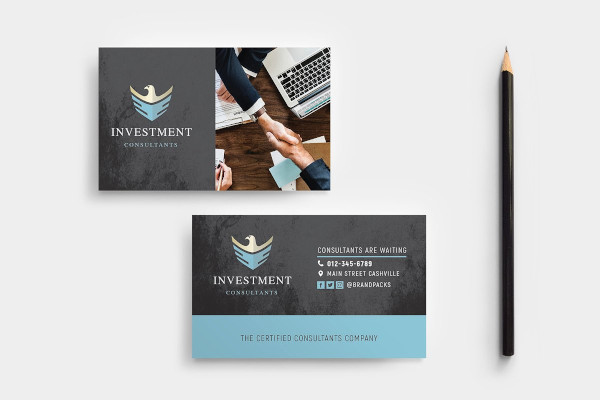
The Financial Business Card Etiquette
Like any activity grounded on social convention, there are unspoken rules on how you should act and behave. When and how you would give your business cards to the person you are talking to is at your discretion. However, you should know of the do’s and do not’s in established practices. Break these rules at an opportunity’s peril.
1. Earn the Right to Give Your Card
You cannot just rain your networking business cards on everyone you meet. You have to work for that right to offer your card and gain theirs. Engage in personal interaction with people and try to create a connection. After you have felt as though there is potential for future partnership on a project or business transaction, give the card as you end the conversation. You can’t hand out cards just because you talked to a person. Ask permission from the person first if you can offer them your card.
2. Network and Meet New People
Be proactive and network with people around you. The industry has no room for shy people who just hide behind their screens all the time. It is rather inappropriate and unprofessional to cold message people for business opportunities. Get over your reliance on social media and go out of your house. Develop a networking strategy and meet new people. Personal interactions are more meaningful and memorable than cold messages to strangers online. Attend networking events. The wider your network is, the more opportunities you can have.
3. Be Professional About Rejections
Business cards are an invitation to connect and talk in the future. Just because you made the connection does not mean you are entitled to the person’s “Yes” upon a proposal. Rejections can be disheartening, but do not take it out on the person. Remember to be respectful. How you handle the rejection speaks more about you than your sales pitch earlier. Learn to accept a “No” and be a good sport about it. There is no guaranteed success with business cards, but they are an effective networking and marketing strategy.
4. Always Restock Your Business Cards
Make sure that you have several crisp and clean copies of your financial business cards ready before you leave for somewhere. Even if you think you might not even use it, you will never know when you would meet someone important. It is better to prepare a handful of these cards than make some excuse about running out of ink or forgetting them. When you are attending networking events, all the more should you be prepared to offer your cards.
Physical interactions matter when you want to make a dent in the financial services industry. Supplement a meaningful connection with a premium business card showing that you mean business. Because although the new-world industrialization offers automation and convenience in our personal and professional practices, it still limited by the current technology. With physical financial business cards, people can go directly to you or your content. Social media sites may even direct them to a competitor’s profile, making you irrelevant. With business cards, you can cut the middleman.


